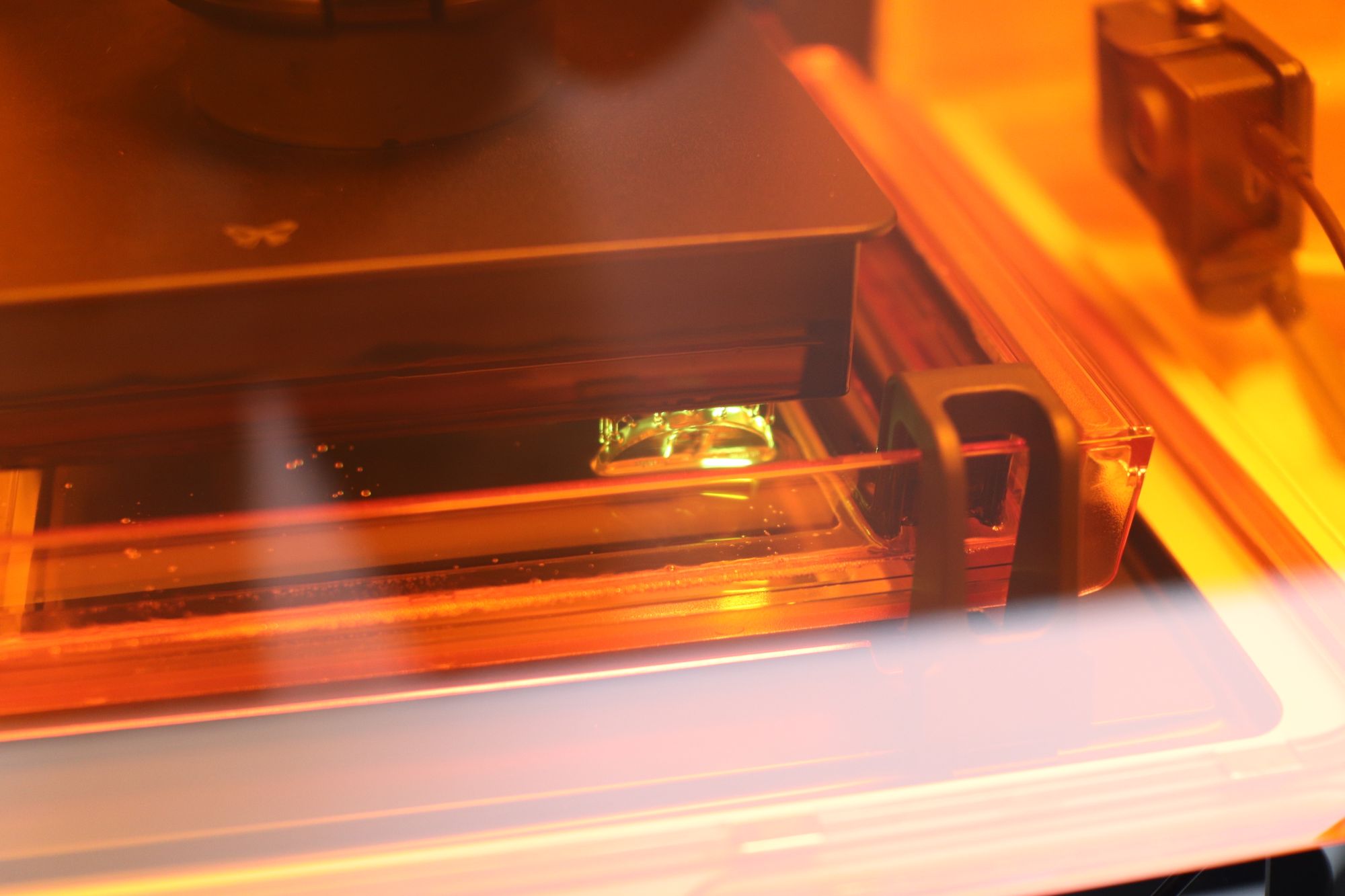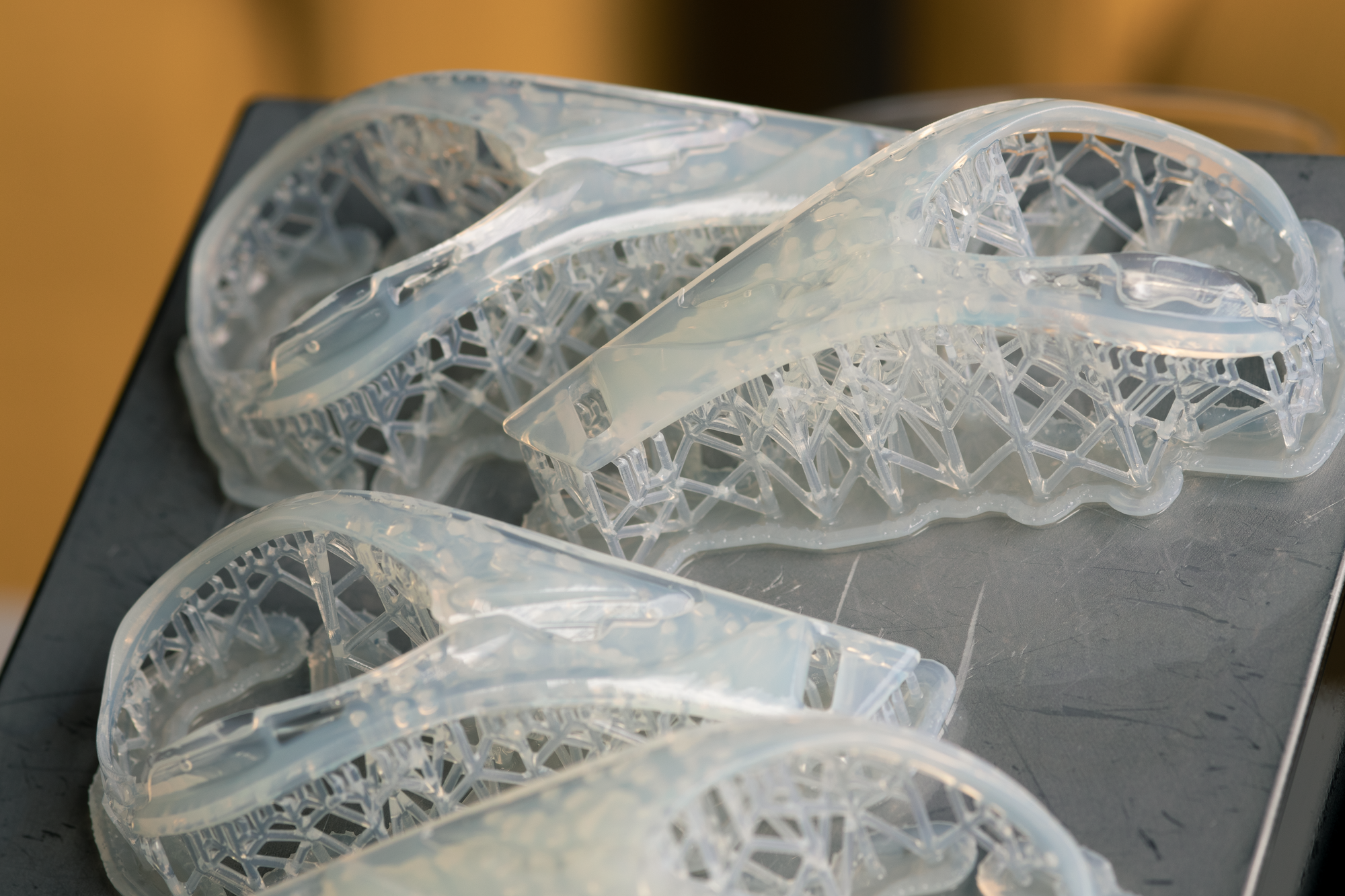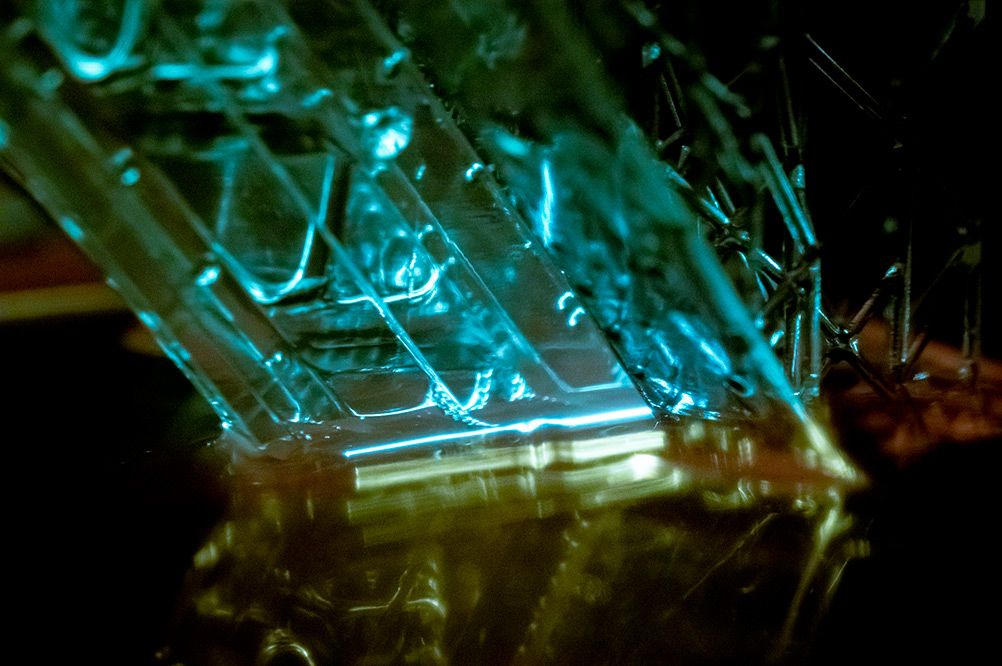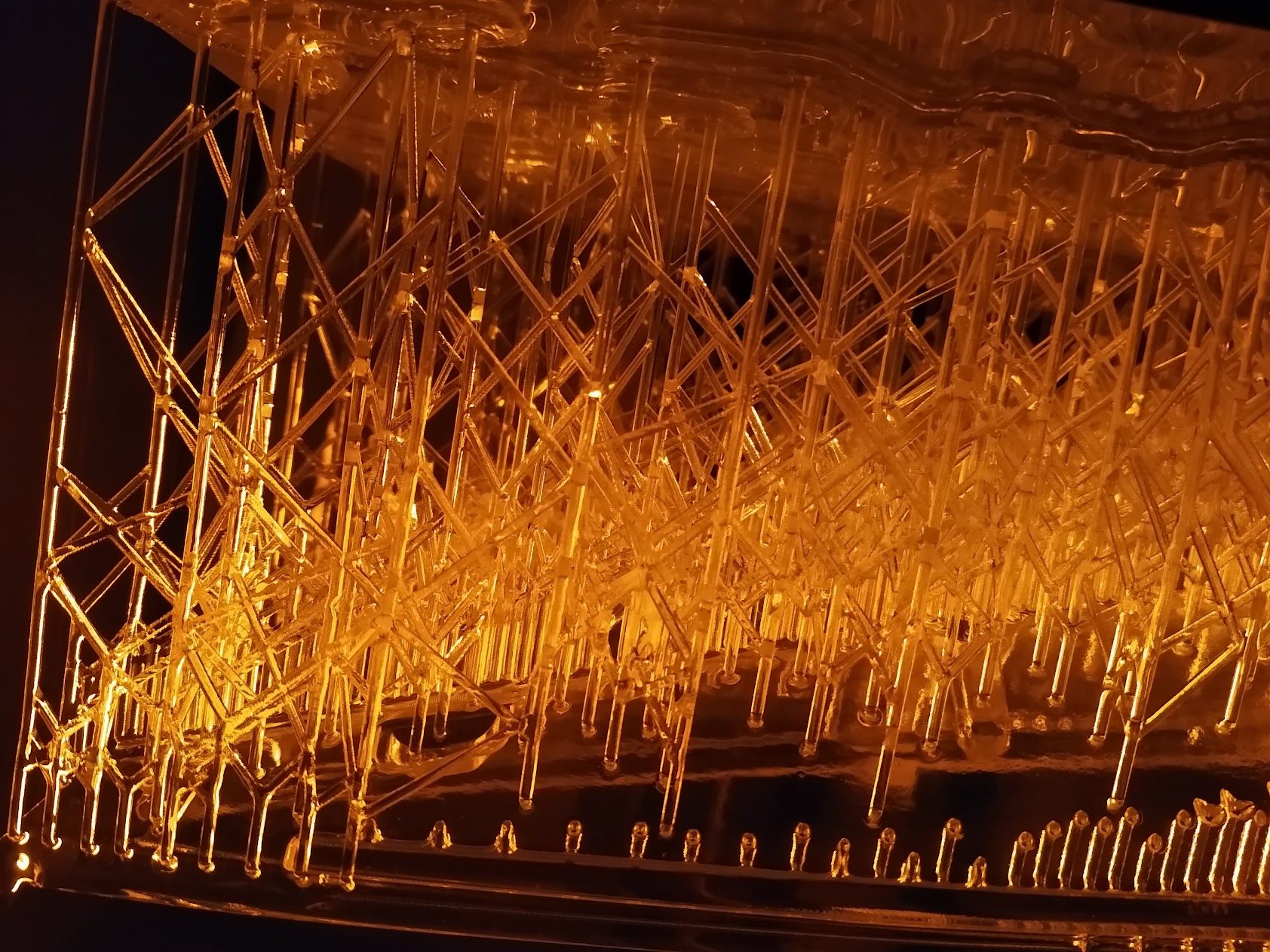How we prototype concepts is becoming faster and more accurate and, as a leading product design consultancy, Raymont-Osman has invested heavily in 3D CAD software, 3D printing and other rapid prototyping equipment; all of which has given us the ability to turn ideas into prototypes for testing, evaluation and beyond.

3D printing in a nutshell
3D printing is a manufacturing process whereby a digital CAD file can be transformed into a physical object. Through the application and build-up of multiple layers of resin, one on top of another , a complete object is created. Using 3D printing technology, we are able to rapidly prototype our clients' entire products, components or subcomponents - much of the time, over-night, to maximise clients' time and budgets.
At Raymont-Osman, we use 3D printing for a wide range of purposes. These can typically include:
- Concept Exploration
- Rapid Prototyping
- Pre-Production
- End-of-use Production
- Simulation of High-Performance Engineering Materials
How can our 3D print capabilities improve your product journey?
Enhanced Workflow
Our enormous Formlabs Form 3L printer has a build volume of 335 x 200 x 300 mm and can build single large pieces or dozens of smaller pieces simultaneously. It has twin resin cartridges and can hot swap empty ones while still printing and it also has the same easy programming and control software as the Form 2 3D printer that has been a key part of the Raymont-Osman set-up for years. Our Form 3L is large enough to print human-scale models, like a prototype of a helmet that’s ready to try on, whilst its two precision Light Processing Units achieve consistent accuracy and detail across the entire build platform.
This technology enables us to print around the clock, using Draft Resin which allows us to balance detail and speed to save time on bulky prototypes and enable super quick iteration - so even when the office is closed, your product continues to be developed!
2. Optimised Cost
Forget long lead times and the pains associated with out-sourcing, the bulk of our prototyping is completed in-house. This allows us to cut out the middleman (or woman!), reducing workflow and optimising efficiency and our clients' bottom lines, in comparison with more traditional prototyping and iteration methods, such as modelling or outsourcing.

3. Creative Freedom
Given limited time and costs, our engineers and designers investigate (and rule out) entire concept avenues, without the need for significant investment from clients. This allows us to design quicker and more effectively - bringing with it, a greater design freedom. It is by taking this approach, that real innovation is unleashed. The fewer the boundaries, the greater the creativity.
4. Early-Stage Testing
We regularly construct physical prototypes to check product styling, performance and construction methods. Through simulation, our Engineers and Designers can explore the limitations of potential designs, whilst remaining within your specification. By producing 3D print prototypes early on in the design process, we can validate or discount ideas rapidly, creating optimised testing and real-time fixes. 3D printing for product design helps Designers and Engineers at Raymont-Osman get a better idea of how a part or product will functionally work and thus enables them to make any iterations needed before committing to a single idea. The ability to quickly print out a new piece or form without any time or budget constraints allows manufacturers to test as many ideas and iterations before costs have been committed, such as expensive tooling.

Conclusion
Without a doubt, 3D printing has revolutionised the world of design and development. Whilst not particularly suited to higher volumes, the benefits it brings in terms of rapid iteration, prototyping, testing and simulation enable us to validate our clients' ideas and avoid many of the pitfalls that can befall the concept to production process.
